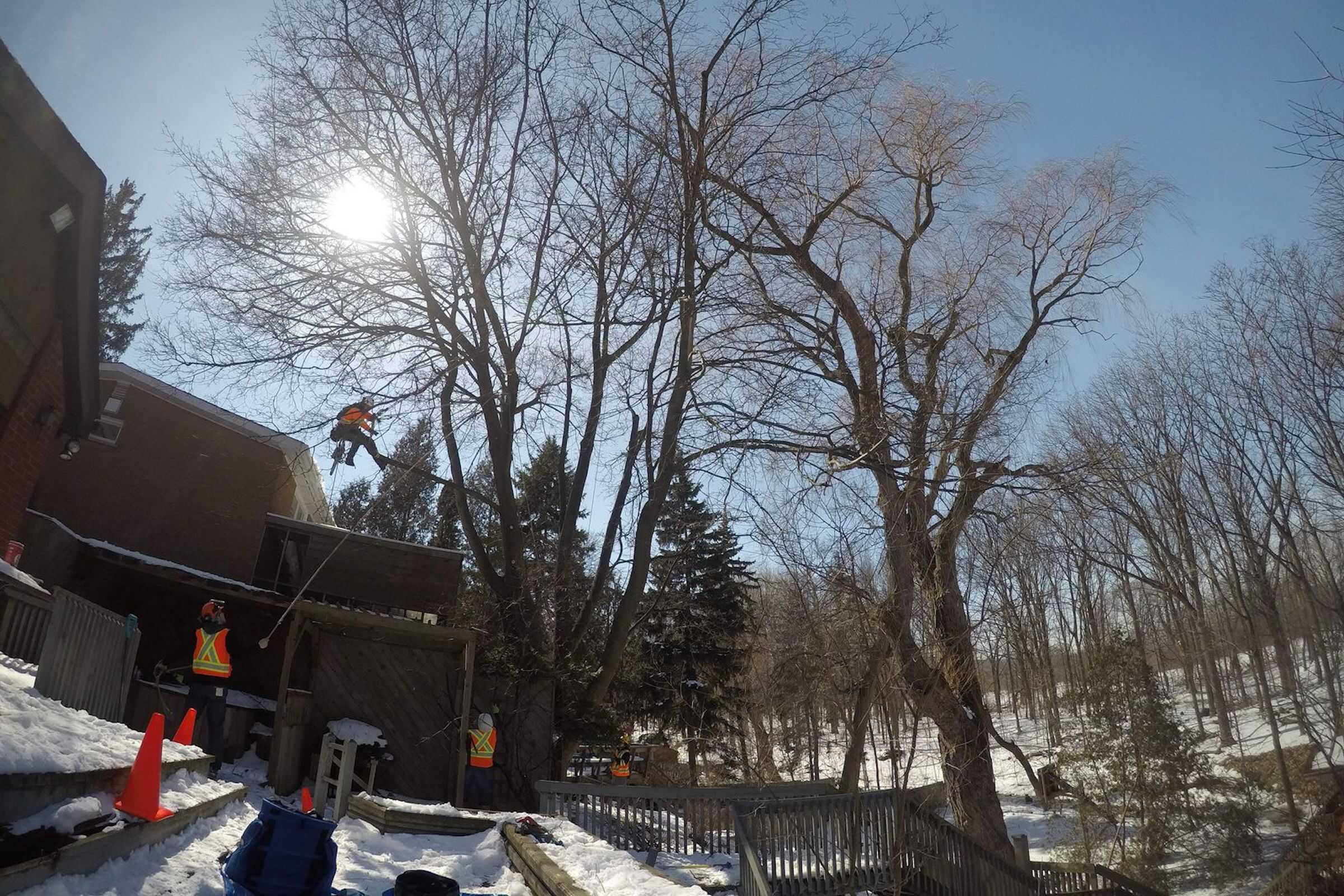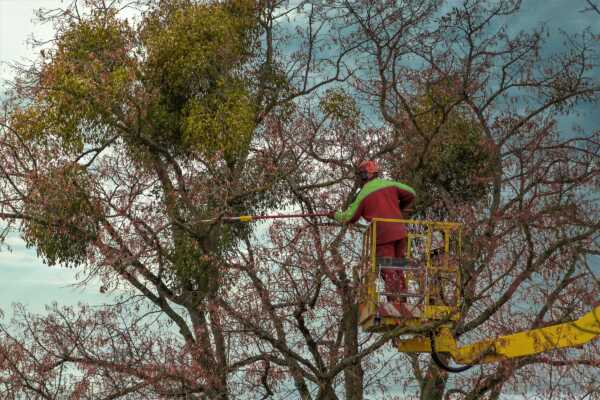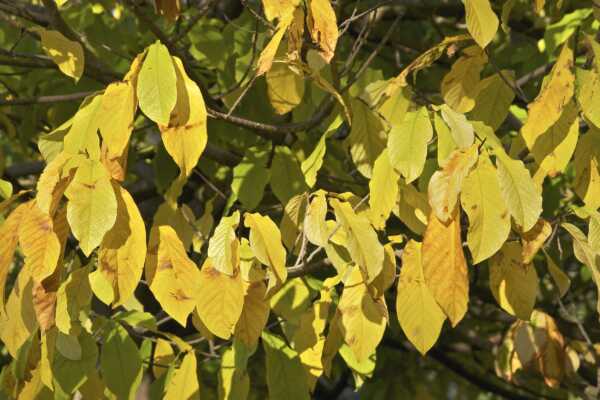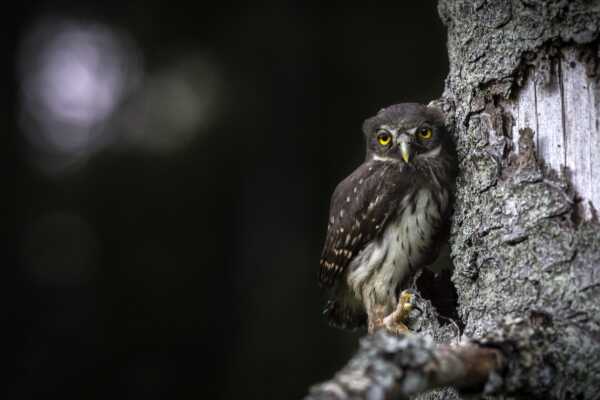
What is Arboriculture?
Arboriculture is the management of trees and woody plants in the human environment. Trees in the forest require minimal management on the individual scale. However, trees in your backyard usually require a human touch. The idea of culturing a tree is to maintain its form and health for suitable growth. Oftentimes this means planting the right tree in the right place in your yard. You may also need to remove a tree that is posing a risk or causing damage to human structures, such as homes, sidewalks, patios and swimming pools.

In most cases, arboriculture is about planning for problems down the road and mitigating them before they become too costly. Having a qualified arborist on your property on an annual basis means gaining the insight of a professional. They can deal with these problems before they pose a risk or lead to the removal of the tree. Arboriculture also includes the skilled operation of tools while working within the canopy of the tree. This can be done either by climbing the tree or via an aerial lift. It is important to note that arborists have skills in both climbing and cutting trees. This is no different than how a framer is knowledgeable in the construction of houses. An electrician is also able to manage the wiring of a building. Attempting arboricultural work without experience or professional instruction can be fatal.
Proper Tree Management
A veterinarian helps prepare pet owners for potential issues that come with specific animals or breeds. Likewise, an arborist prepares tree owners and property managers for potential issues that come with trees in relation to the urban environment. These issues focus on two major parts of the tree. One is the physical health of the tree (what arborists call ‘vigour’). The second is the structural stability of the tree. Insects, fungi, and humans can affect both the health and structure of the tree. A qualified arborist should be able to identify any concerns and provide an action plan for their management.
Arboriculture includes the management of trees. This begins with planting but ends with their removal. Are you looking for planting, pruning or management advice? An arborist is your best bet for the long-term care of your trees.
Finding a Qualified Professional Arboriculture Expert

There is minimal government regulation in regards to the trade and profession of arboriculture. Therefore, the industry is currently self-regulating. What this means is that the certification and qualification of an arborist are available by two organizations in Canada. One is the International Society of Arboriculture. The other is the provincial ministries of training (in Ontario that is the Ministry of Training Colleges and Universities). These two organizations test and certify that an arborist’s skills are satisfactory enough to perform work and provide professional advice. In North America, there is also the American Society of Consulting Arborists, which trains strictly consulting arborists.
These organizations provide homeowners with peace of mind. It lets them know that they have a qualified professional with the skills to perform work safely. They can also provide advice on their trees with experience and confidence.
Arboriculture Planting Pointers – Pawpaw (Asimina triloba)
When planting trees, there are a number of species that are quite popular. They are Norway maples, honeylocusts, and blue spruce. Usually seen in subdivisions, these are good species with attractive qualities. However, their abundance can lead to plant healthcare issues in the wake of diseases. In the wake of the COVID-19 pandemic, humanity has learned that high numbers of the same species in close range can cause major issues with the spread of disease. The same goes for species of trees. One of the goals of our ‘Planting Pointers’ section of this blog is to highlight unique trees. This can help limit the spread of tree diseases by increasing biodiversity in the urban landscape.

In this inaugural issue, we are focusing on one of Ontario’s lesser-known native fruits: the pawpaw. Otherwise known as ‘Custard Banana,’ it is a relative of mango and was a popular fruit in the 19th century. This was before mass production of apples in North America made the fruit obsolete. The big problem with pawpaw is that the fruit has a short shelf life (several days). This limits its commercial viability. The pawpaw is a small tree that is resistant to diseases. It produces a unique edible fruit that is native to Ontario. It’s an excellent choice for homeowners.
Invasive Species – Common Buckthorn (Rhamnus cathartica)
Invasive species are living things that have come into the North American environment through human means. This can include shipping, wood imports, and nursery stock. These species can have little, if any, predators to keep their growth and reproduction in check. Invasive organisms don’t have the goal of damaging the environment. However, their unchecked growth can cause a significant impact on the environment, and the landscape.
One of the more common invasive species found in Southern Ontario is Common buckthorn. In most backyards, it starts out as an inconspicuous shrub. Over a few years can become a dense thicket. It is difficult to manage, costly to remove and spreads rapidly.
Common buckthorn comes to fruition in early summer (June/July). Its dark purple berries are consumed and spread by birds. It grows rapidly and has abundant thorns. This makes it a backyard nuisance. It should be high on the priority list for removal.
Apprenticeship and Sustainability – by Ryan Goodall
As the apprentice at Ironwood, I am learning about secondary uses of trees, after they leave the client’s home. The primary role of an arborist is to manage the living trees themselves. The trade of arboriculture also covers the management of the brush and debris after leaving a site. Oftentimes it is the cleanup of the site that the clients notice more than the trees themselves. Of course, the tree management doesn’t just stop when our crew leaves.
At Ironwood we strive to take full advantage of the valuable uses of the trees we work with. By doing so we intend to become more sustainable economically and environmentally. The opportunities extend beyond woodchips and firewood. This can be as easy as leaving the main stem of a tree after removal as it allows space for fungi and bird habitats. This also provides cost reductions to the client. There is less labour and transport, and it allows for the natural process to continue with minimal disruption. Using the chips created by our work as mulch on or near the property brings more wide-ranging benefits than commercial-grade fertilizer.

Multiple Uses After Removal
Sometimes we need to remove the material to complete the job. There are many valuable secondary uses of the leaves, branches and wood. The brush can be chipped and spread as mulch elsewhere. It can also be burned. The ashes can be mixed into soil and compost for more nutrient-dense soils for future plantings.
Larger wood is useful in a variety of ways. Examples include firewood and landscape uses like garden edges or retaining walls. It can be milled and dried for carpentry. The wood can be used for the cultivation of edible and medicinal fungi such as Portobello, Lion’s Mane, or Chaga. It’s far too frequent that beautiful, valuable, and useful forest product goes to waste.

We hope to contribute to a more sustainable mindset when it comes to dealing with our so-called waste material. It requires planning and good communication. Those are the foundations of our business. If you would like to learn more about your options for your property let us know. We would love to help solve your tree problems.
What a great read! Thank you for sharing this valuable information.